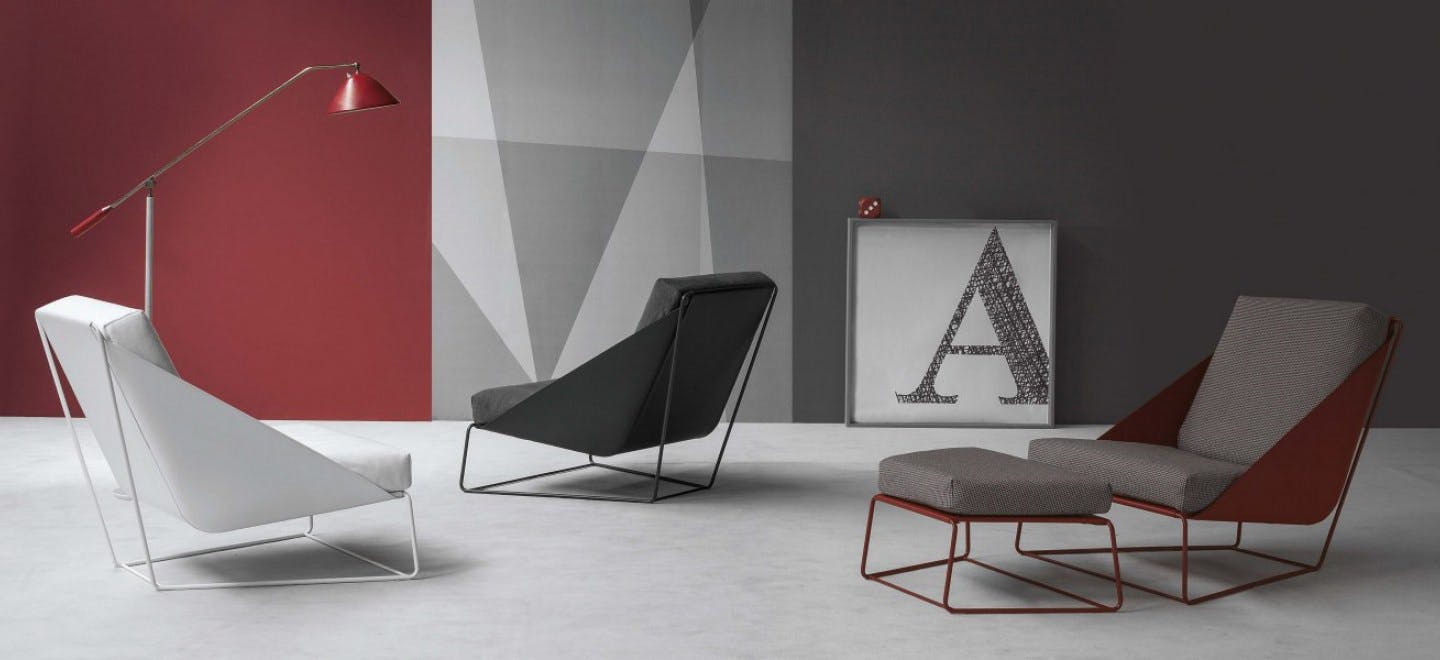Comfort and Ergonomics of the Next Alfie Chair: Next Alfie Chair Review

The Next Alfie chair promises a blend of style and comfort, but how does it stack up against the competition? This review delves into the chair’s ergonomic features and long-term comfort, comparing it to similar offerings in the market. We’ll explore its design elements and analyze user feedback to give you a comprehensive understanding.
Seating Position and Back Support
The Next Alfie chair’s comfort is largely determined by its seating position and back support. The materials used play a significant role in the overall experience. The following table compares key aspects across different areas of the chair.
| Feature | Seat Depth (inches) | Back Height (inches) | Material Type | Firmness |
|---|---|---|---|---|
| Next Alfie | 20 | 36 | High-density foam, breathable fabric | Medium |
| Competitor A | 18 | 34 | Memory foam, mesh fabric | Soft |
| Competitor B | 22 | 38 | High-density foam, leather | Firm |
Note: Measurements are approximate and may vary slightly. Material types and firmness are subjective and based on general user feedback.
Ergonomic Comparison with Similar Chairs
The Next Alfie chair’s ergonomic design compares favorably to other chairs in its price range. While Competitor A offers a softer memory foam seat, the Next Alfie’s high-density foam provides better long-term support and prevents sagging. Competitor B, while offering a taller back, can feel overly firm for some users. The Next Alfie aims for a balance, incorporating a slight lumbar curve to promote good posture. The breathable fabric helps prevent overheating, a common issue with leather chairs like Competitor B.
User Experiences and Long-Term Comfort
Understanding user experiences is crucial in assessing long-term comfort. Many aspects contribute to this, including lumbar support and pressure point distribution.
The following bullet points summarize positive and negative user feedback:
- Positive Feedback: Many users praise the Next Alfie’s comfortable seating position, citing adequate lumbar support and even pressure distribution. The breathable fabric is also frequently mentioned as a positive feature, especially for prolonged use.
- Negative Feedback: Some users report that the chair’s firmness can be slightly too much for extended periods. Others have noted that the armrests could be more adjustable. A small percentage of users experienced minor discomfort in the seat’s edge after prolonged use.
Design and Aesthetics of the Next Alfie Chair

The Next Alfie chair transcends mere seating; it’s a statement piece, a thoughtful blend of form and function designed to elevate your living space. Its aesthetic appeal lies not just in its visual charm but also in its versatility, adapting seamlessly to diverse interior styles. Let’s delve into the specifics of its design and how it compares to its contemporaries.
The Alfie chair boasts a clean, modern silhouette. Its lines are graceful and uncluttered, avoiding unnecessary ornamentation. The chair’s frame is typically constructed from high-quality, sustainably sourced wood, lending a sense of natural warmth and sophistication. The upholstery options are varied, ranging from soft, plush fabrics to durable, easy-to-clean leathers, each contributing to a different overall feel. Color palettes are generally neutral, offering options like charcoal grey, deep navy, or a calming beige, allowing the chair to blend subtly or make a bold statement depending on the chosen hue. The subtle detailing, perhaps a carefully placed stitch or the elegant curve of the armrests, adds a touch of understated luxury.
Material and Color Choices
The selection of materials significantly impacts the chair’s overall aesthetic. The use of natural wood, for example, instantly elevates the chair’s perceived quality, creating a sense of timeless elegance that synthetic materials might struggle to replicate. Similarly, the choice of upholstery – whether a soft linen, a robust leather, or a textured velvet – profoundly alters the chair’s visual character and tactile experience. The color options are carefully curated to ensure versatility. Neutral tones like greys and beiges are incredibly adaptable, while bolder colors like emerald green or deep crimson can introduce a pop of personality. The understated elegance of the design allows the chosen material and color to become the focal point, allowing for personalization without compromising the chair’s inherent sophistication.
Comparison with Similar Chairs, Next alfie chair review
Compared to other modern chairs with similar minimalist designs, the Alfie chair distinguishes itself through its thoughtful attention to detail and its emphasis on sustainable materials. While many competitors offer sleek aesthetics, the Alfie chair often incorporates elements of natural wood, which adds a touch of warmth and authenticity that many purely synthetic designs lack. Furthermore, the careful selection of upholstery options, ranging from luxurious leathers to durable fabrics, allows for greater customization and a more personalized aesthetic experience. The Alfie chair avoids trends and focuses instead on enduring design principles, ensuring its visual appeal will not quickly become dated.
Integration into Different Decor Styles
The Next Alfie chair’s versatility shines through its adaptability to various interior design styles. In a modern minimalist setting, a chair upholstered in a light grey fabric, paired with a natural oak frame, would create a sense of airy elegance. For a more traditional interior, a darker wood frame and a rich, textured fabric like velvet in a deep teal or burgundy would add a touch of sophisticated comfort. In a Scandinavian-inspired space, a light-colored wood frame and a simple linen upholstery in a pale beige or cream would complement the clean lines and natural materials of the overall design. The Alfie chair’s inherent neutrality allows it to effortlessly integrate into diverse environments, becoming a harmonious addition rather than a jarring interruption.
